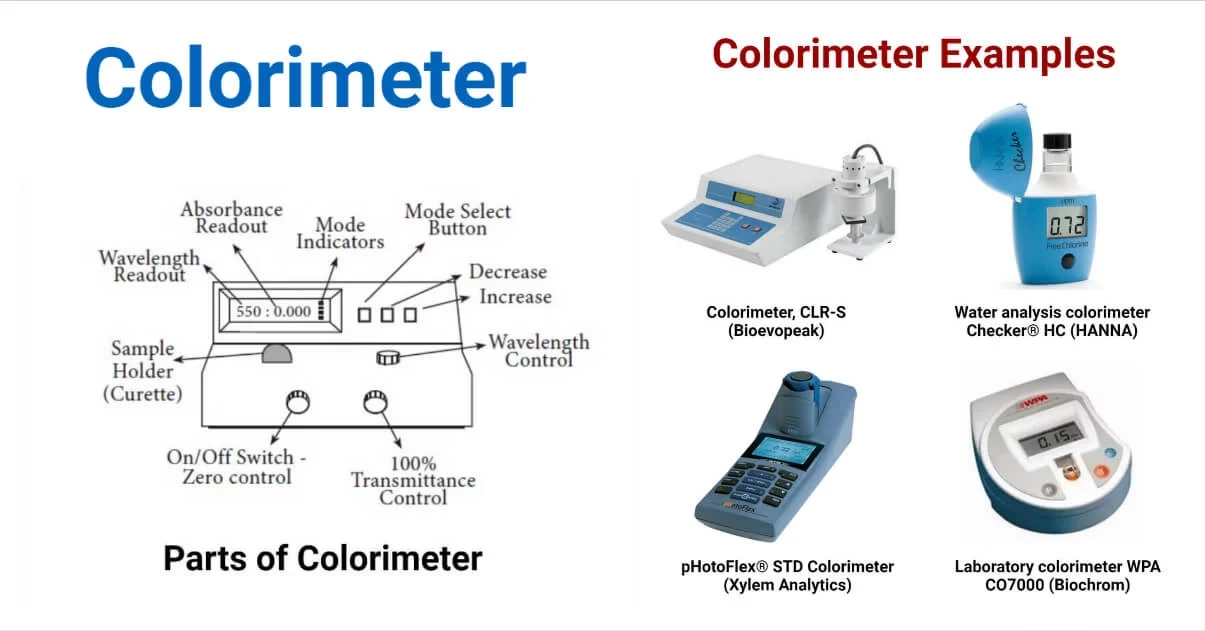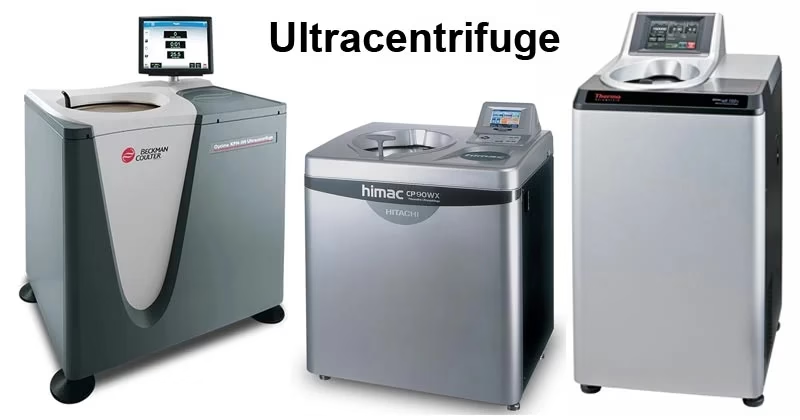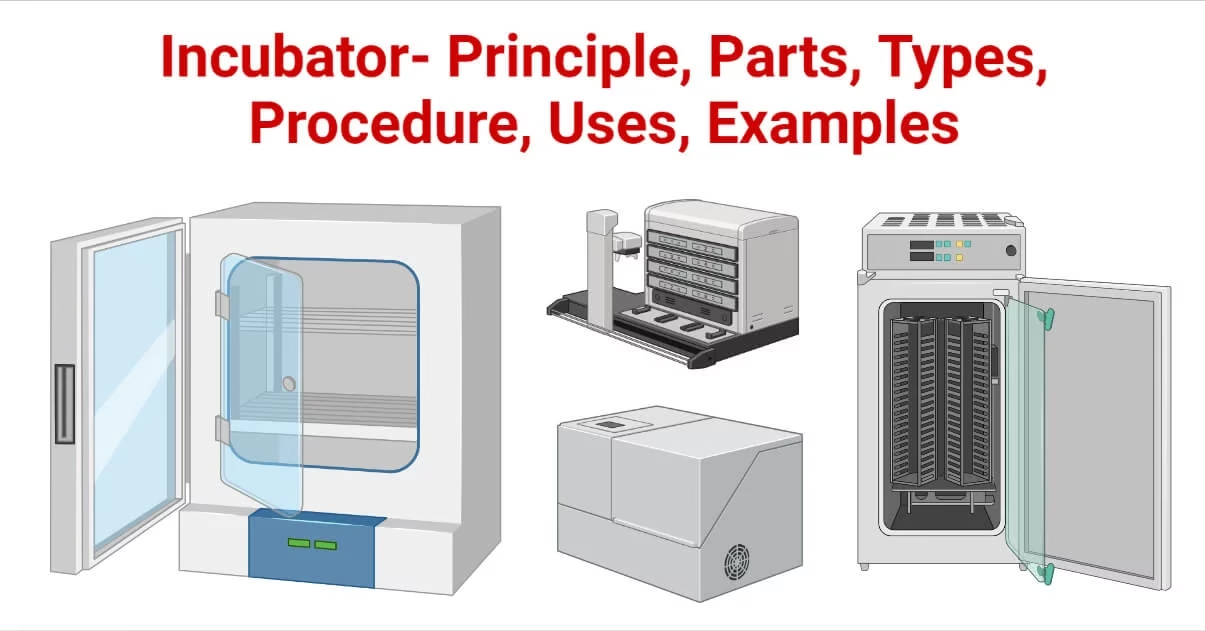Colorimeter – Definition, Principle, Parts, Working, Procedure, Applications, Advantages & Limitations
A colorimeter is a laboratory instrument used in colorimetry to measure how much light a solution absorbs or transmits. It helps determine the concentration of colored compounds in a solution by comparing it with a standard reference solution.









